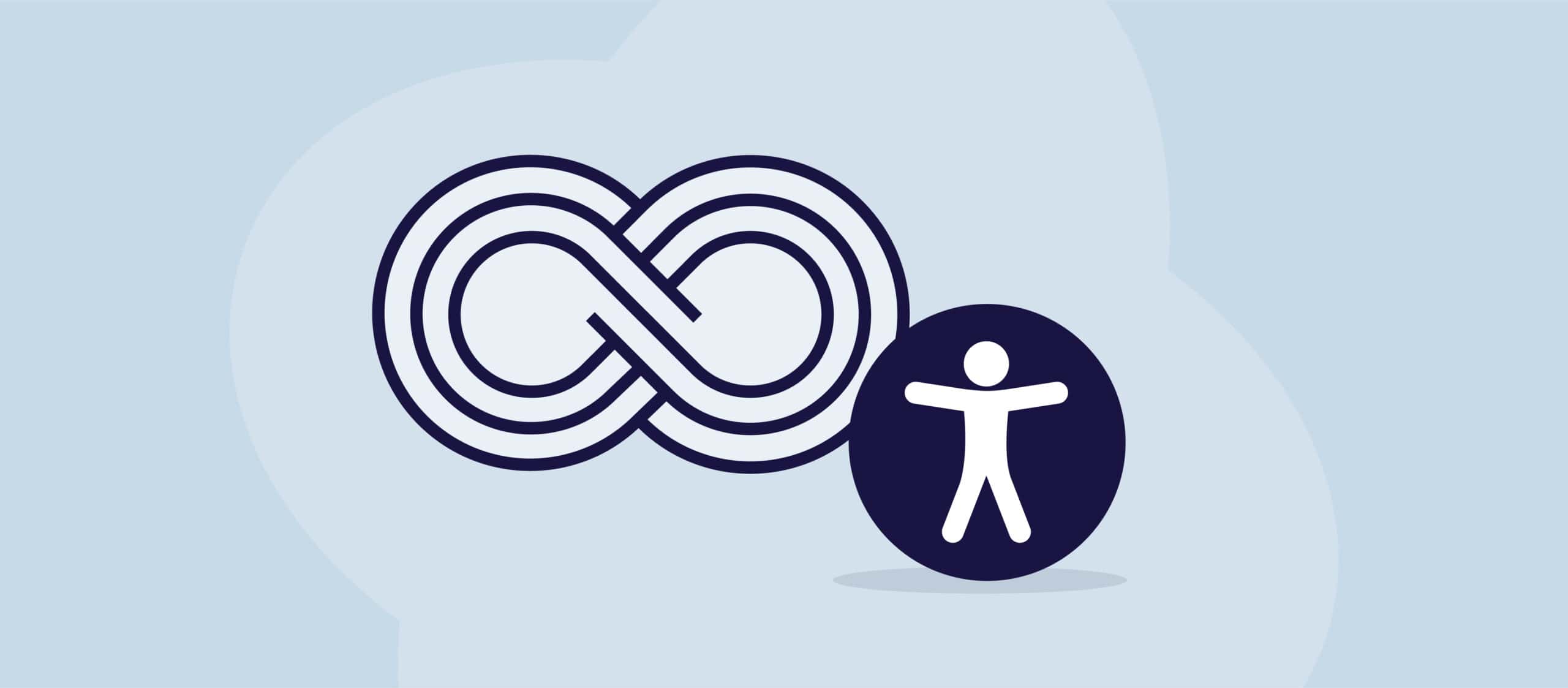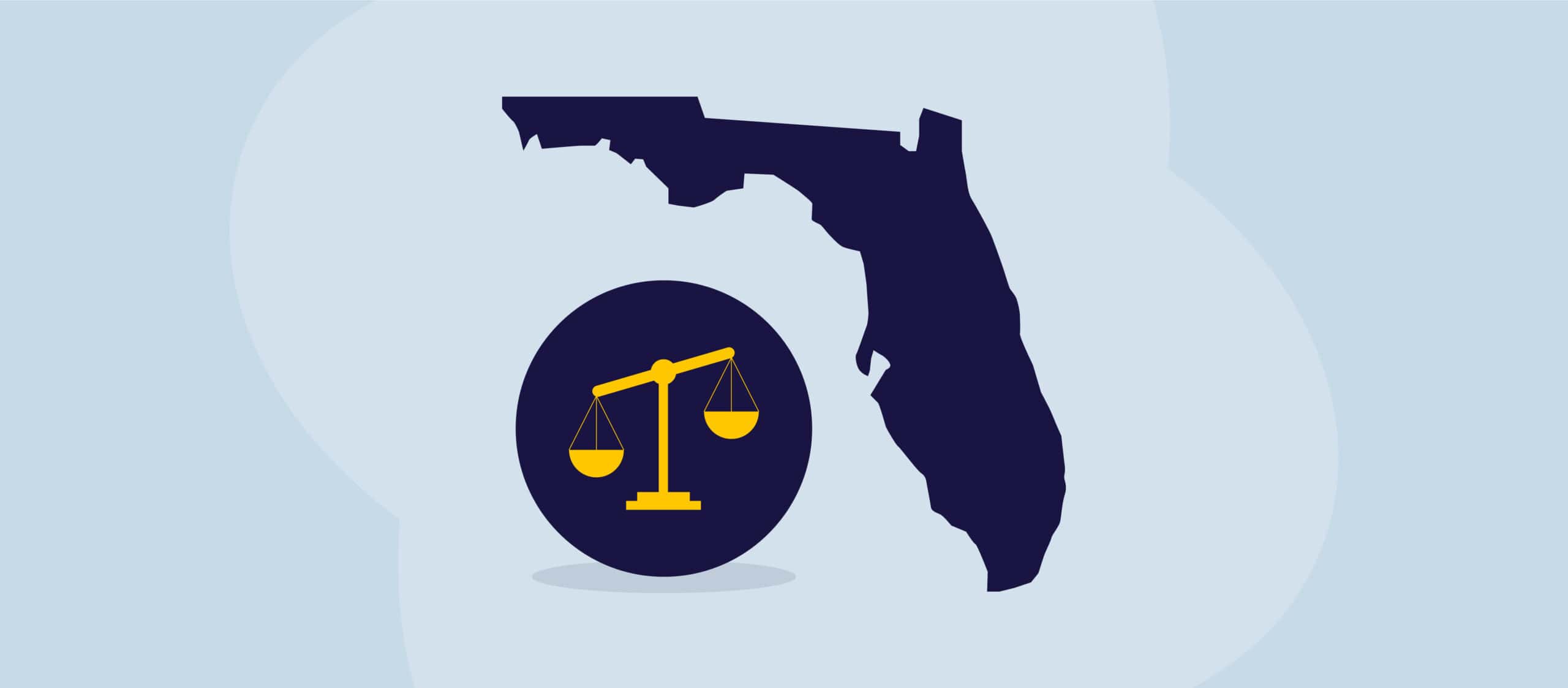Hi, I am Melanie, and I joined the ADAudit team (then Web Key IT) in May 2019 as a Usability Analyst. I have a physical disability because of a viral infection I had in my childhood. I use a power wheelchair and various assistive technologies to go about my day.
I only have limited hand function, and using my mobile phone while in bed was impossible until I learned about a HouseMate software device, which I named Tom. It looks a bit like a mouse with a button switch plugged into the back. It connects to my phone via Bluetooth and gives me complete hands-free control. I have my phone mounted on a post beside my bed. I tap on Tom’s switch, it scans the options on the phone screen, and I tap again to select what I need. I predominately use the keyboard interface, but it also gives me a mouse option which is handy for clicking links or selecting parts of the screen that keyboard arrows won’t allow me to access.
Regarding accessibility, the biggest issue I encounter is keyboard access. There’s nothing worse than typing and having to click inside each box when completing a form on a website. I don’t use a mouse at all on my desktop but have a trackball built-in to my keyboard instead. I use a lot of keyboard shortcuts. It is surprising how much you can do without using a mouse. Why don’t you try it? See how long you can go without using the mouse?
I have tested various websites for Web Key IT so far, most of which I test on my phone using Tom. I had a Samsung S5, which really struggled to scroll up and down on websites. I would use the mouse swipe option if the keyboard arrows didn’t work. However, it would often select the text instead. Thankfully, since upgrading to the S10 earlier this year, I haven’t had as many issues. It’s still annoying when keyboard arrows don’t work to scroll on web pages I’m reading, and I enjoy reading in bed!
Working for Web Key IT has taught me a lot about digital accessibility. The main thing I’ve learnt is that every little change helps. It might be something as simple as changing the colour of the text to make the contrast better or adding captions to videos. A few small changes can mean that a person can understand information or access the services of a business. Despite having a disability, we deserve to have equal access, and businesses are missing out on customers if they don’t provide websites with adequate access measures.



